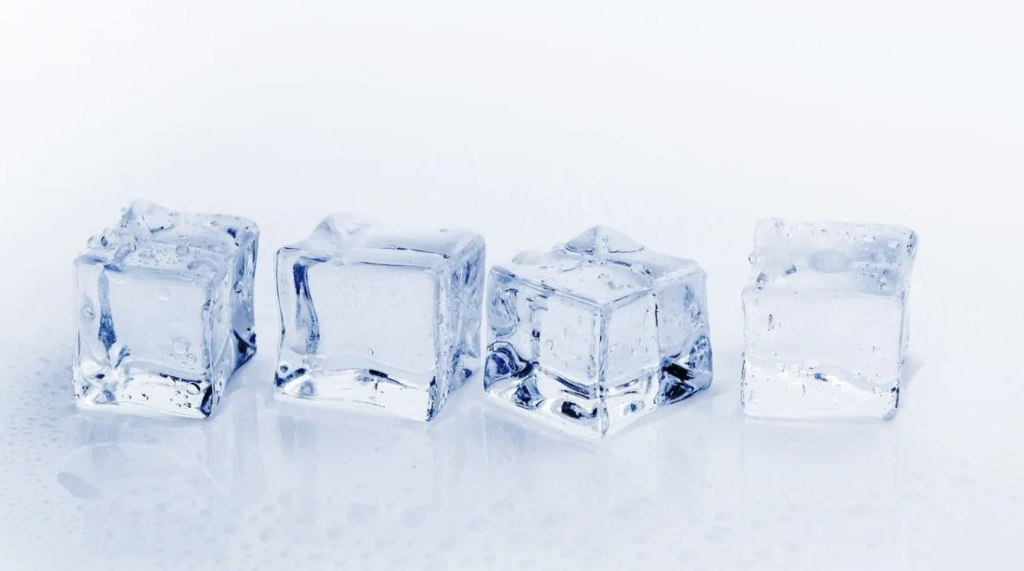World Meteorological Organization publishes the report State of Climate 2021
(Sustainabilityenvironment.com) – Four key indicators of climate change broke previous records in 2021: greenhouse gas concentration, rising sea levels, temperature and ocean acidification. A “clear sign” of the role of man in increasing global warming. This is supported by the World Meteorological Organization in the report State of Climate 2021 just published, which completes the latest report of the IPCC (AR6) and will be one of the official reference documents for the COP27 negotiations in Egypt next autumn. Let’s see in detail the consolidated data.
Broken records
As for the concentration of greenhouse gases, the record of 2020 – 413.2 parts per million, ppm – was exceeded by almost 6 ppm. In April 2021, the Mauna Loa Observatory in Hawaii recorded 419.05 ppm, while in April 2022, it continued to rise to 420.23 ppm. The year that has just ended has reached a global warming level of 1.11 ºC above the pre-industrial average (1850-1900), a value that can have a difference in more or less than 0.13 ºC. In any case, the last 7 years since 2015 have been the hottest ever.
Records were broken even for the oceans. The shallowest band, the first 2000 meters, exceeded the 2020 heat content of 14 9 ZJ (zetta Joule). For comparison, 2.2 ZJ would increase the temperature of the atmosphere by 1 ºC. In the period 2006-2021, the heating rate of this band reached 1 0.1 W m-2 (the average of the last 50 years is 0.6). The first 700 meters warmed at a rate of 0.7 (compared to the average 0.4 in the last 5 decades) 0.1 W m-2. The waters deeper than 2000 meters have taken heat more slowly, but have nevertheless seen an increase at the rate of 0.07 0.04 W m-2. Record also exceeded for acidification, With the oceans that absorb about 23% of annual anthropogenic emissions of CO2 in the atmosphere. According to the State of Climate 2021, the surface pH of the oceans today is the lowest in 26,000 years and the rate of change is unprecedented at least since the last glaciation. Sea levels increased by an average of 4.5 mm between 2013 and 2021, twice as fast as between 1993 and 2002. The reason? Mainly the melting of the polar ice caps.
Other data from the State of Climate 2021
As for the cryosphere, Although in the last year the melting of ice has slowed, the trend of recent decades is clear. On average, the world’s glaciers shrink by 33.5 m per year. 2021 was also the year of the exceptional heat waves, with the 54.4°C touched in the valley of death on 9 July, which equalized the previous world record, the new European record was reached in Syracuse (Italy) in August with 48,8°C, and the Canadian province of British Columbia with the 49.6°C hit on June 29.
The floods last year caused losses of almost USD 18 billion in the Chinese province of Henan alone. This value was exceeded by the damage caused by the floods in Central Europe, especially in Germany, which cost 20 billion dollars. On the drought front, Latin America has caused losses to agriculture and damage to energy production and river transport. The drought in the Horn of Africa has intensified and has now lasted for four years for Ethiopia, Kenya and Somalia. In these countries the lack of water is the most serious in four decades.
Finally, the State of Climate 2021 warns that some ecosystems are degrading at an unprecedented rate. Among these, the report highlights mountain ecosystems, but also coastal ecosystems including seagrass and seaweed forests. Between 20 and 90% of all coastal wetlands present, today could be lost by 2100.
Read the report here.

